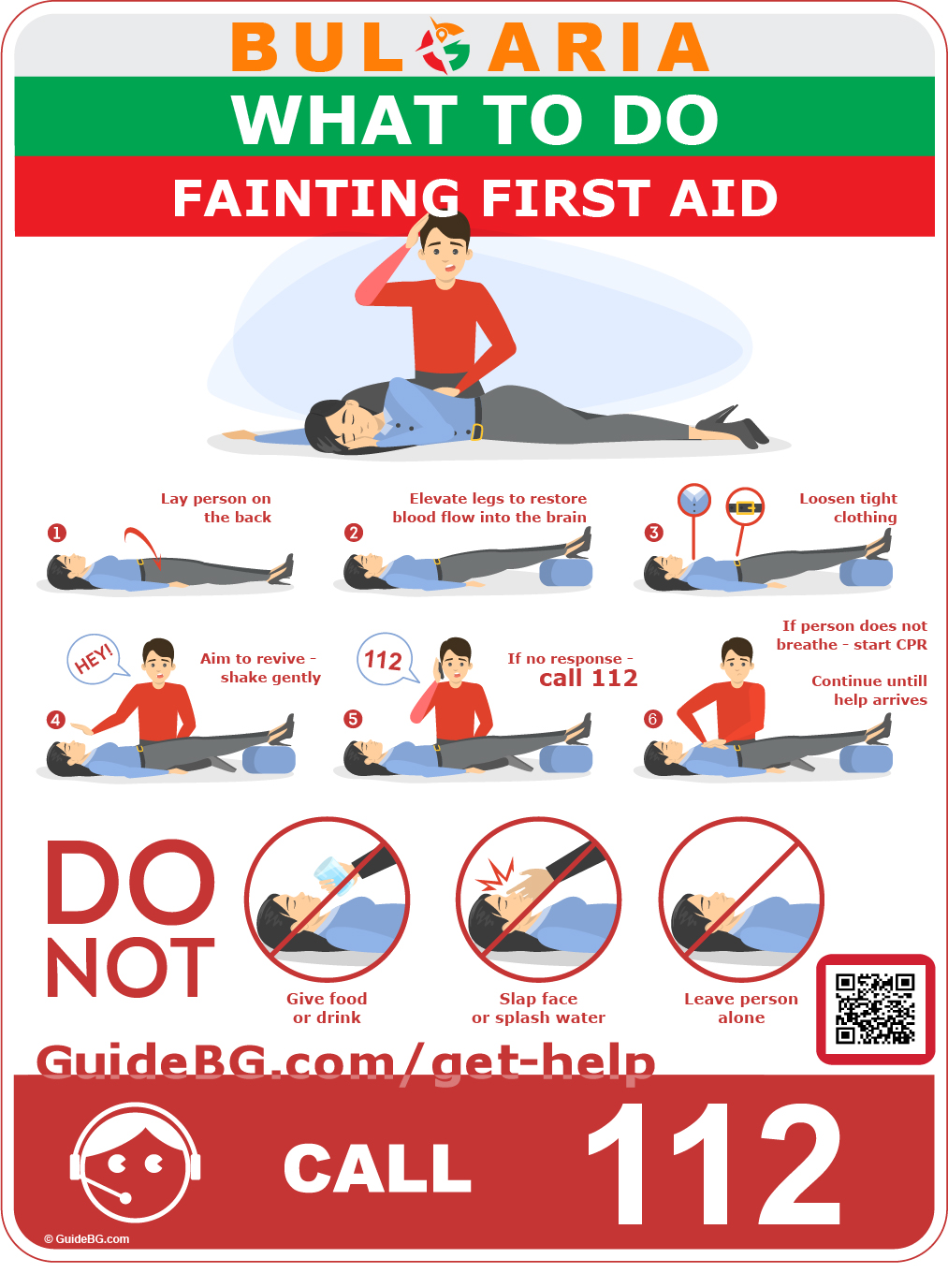Fainting, or syncope, is a sudden, temporary loss of consciousness that generally leads to falling. While fainting episodes are usually harmless and the person regains consciousness quickly, knowing what to do can make all the difference. Here’s a simple guide on steps if someone around you faints.
Lay Person on the Back
The first step when someone faints is to lay them down on their back on a flat surface. This position helps the blood circulate more quickly to the brain. Ensure the area is safe and free from any objects that could cause injury.
Elevate Legs to Restore Blood Flow into the Brain
Next, raise the person’s legs about 12 inches above their heart level. You can use pillows or support the legs with your hands. This position promotes blood flow back to the brain, which can help the person regain consciousness more quickly.
Loosen Tight Clothing
Constricted clothing can restrict blood flow, making it harder for the person to regain consciousness. Loosen any tight belts, collars, or ties to make breathing more accessible and to encourage better circulation.
Aim to Revive – Shake Gently
Gently try to wake the person by calling their name or shaking them lightly. Avoid any violent or abrupt movements, as these could potentially cause injury.
If No Response – Call 112
If there’s no response after a reasonable amount of time, call emergency services immediately. In Europe, the emergency number is 112 (in the United States, it’s 911). Give them your location and describe the situation, mentioning that someone has fainted and is unresponsive. If CPR is not required, put the body in a recovery position.
If Person Does Not Breathe, Start CPR
If you notice that the person is not breathing or their breath is exceptionally shallow and irregular, start cardiopulmonary resuscitation (CPR) immediately while waiting for professional medical help to arrive.
Do Not:
- Give Food or Drink: Offering food or drink can cause choking, especially if the person is not fully conscious. Choking first aid.
- Slap Face or Splash Water: These actions may cause distress or injury and are ineffective ways to relieve someone from fainting.
- Leave Person Alone: Even if the person regains consciousness, they may be disoriented or at risk of another fainting episode. It is crucial to stay with them until professional help arrives.
Knowing these steps can help ensure the safety and well-being of someone who has fainted. Always consult medical professionals for a comprehensive evaluation following any fainting episode.
Fainting or Seizure?
To distinguish between a seizure and fainting, follow these steps:
Check for Convulsions
- F: Convulsions are rare and, if present, are usually brief and not as intense.
- S: Look for jerking movements or muscle stiffening.
Notice Eyes and Head Position
- F: No specific eye or head movement pattern.
- S: Eyes may roll upwards; the head might turn to one side.
Evaluate Duration
- F: Brief, usually a few seconds.
- S: It lasts from a few seconds to several minutes.
Observe Consciousness
- F: The person regains consciousness quickly, usually within a minute or two.
- S: The person may experience a sudden loss of consciousness but doesn’t typically “wake up” immediately after the event.
Check out the Seizure response plan.
You may also need to know:
The information provided in the health-related guides is for general informational purposes only. It is not intended as, nor should it be considered, a substitute for professional medical advice, diagnosis, or treatment. Always seek the advice of your physician or other qualified health provider with any questions you may have regarding a medical condition. Never disregard professional medical advice or delay seeking it because of something you have read in these guides. If you think you may have a medical emergency, call your doctor or emergency services immediately.



